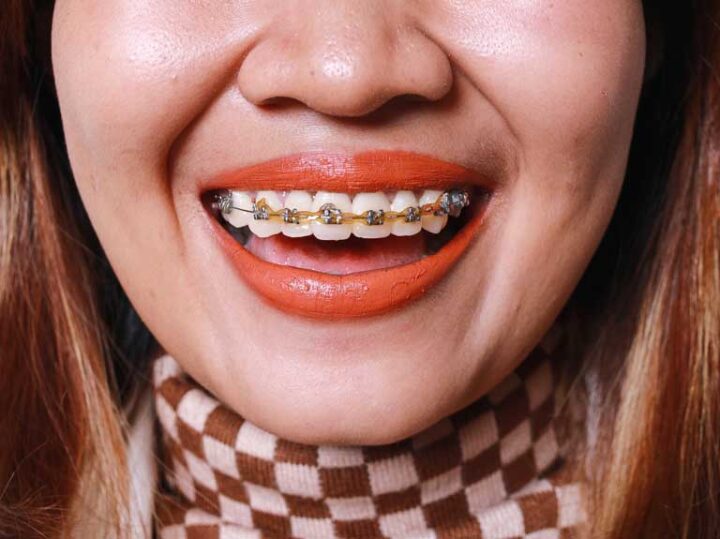Fissure sealants are an important tool in protecting children’s dental health now and in the future, Dr Pauline Lee tell us all we need to know.
What exactly is a fissure sealant?
Teeth have grooves called fissures, and a fissure is five times more likely to develop decay than other tooth surfaces. A fissure sealant is a coating placed onto these grooves to prevent food and plaque accumulation. Since plaque contains cavity-causing bacteria, a fissure sealant prevents decay from starting in these vulnerable grooves, especially if a patient has very deep fissures on their teeth.
Why it is important for children to have fissure sealants? Is it necessary?
Children get their first permanent molars at around 6 years of age. These permanent molars grow out behind the primary teeth and are often missed during tooth brushing. If the fissures are very deep and narrow, the child is at risk of developing decay on his or her brand new adult teeth. While not absolutely necessary, fissure sealants are a very effective means of cavity prevention.
It is harmful? Does it hurt?
The placement of fissure sealants is painless and non-invasive, as it requires no injections or drilling.
The material used is usually tooth-coloured and resin-based, which is similar to materials used for dental fillings. The tooth is cleaned and dried before sealant is applied, then cured with a blue light. Over time, the patient may wear the sealant down, and in some cases small areas may chip off, but fissure sealants can be reapplied as needed.
How often are fissure sealant recommended?
Your dentist will assess the anatomy of your child’s fissures and see if they are at risk of accumulating food and plaque. The overall risk of dental decay will also be taken into account.
When is the best time to apply the sealant?
The best time to apply a fissure sealant is after the tooth has fully erupted, when the area can be easily kept dry throughout the procedure. In very high risk patients your dentist may also choose to use a less moisture-sensitive material on partially erupted teeth. There is no real upper or lower age limit for sealants; they can prevent decay on primary teeth in very young children and adults can also benefit from them.
What benefits have you seen in your practice placing fissure sealants?
Fissure sealants dramatically reduce the incidence of cavities. Once a cavity forms we have to drill into the tooth, and now this tooth is committed to a lifetime of requiring replacement fillings as they wear down or chip over time. Dental treatment can be stressful especially for children so avoiding cavities altogether is the best approach, and sealants are a time-proven, easy, and effective tool for young patients.











